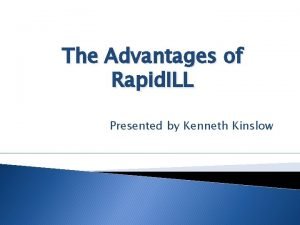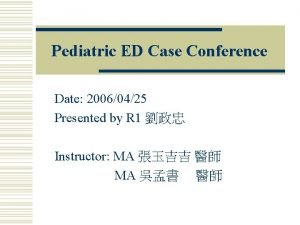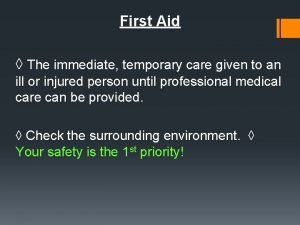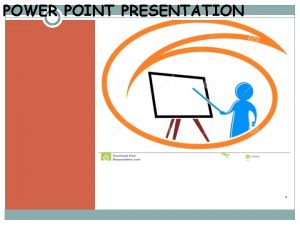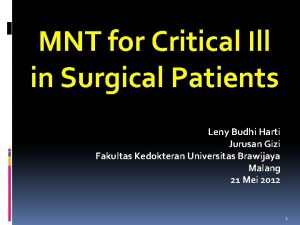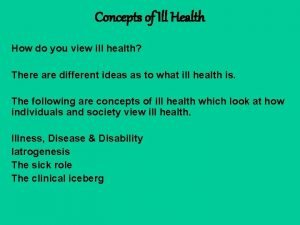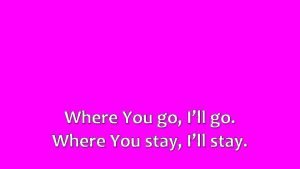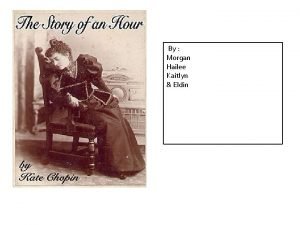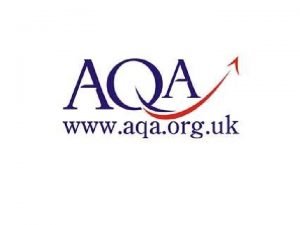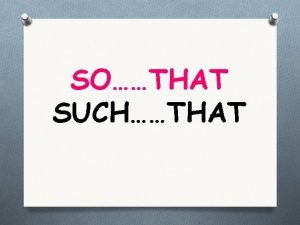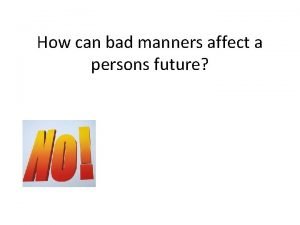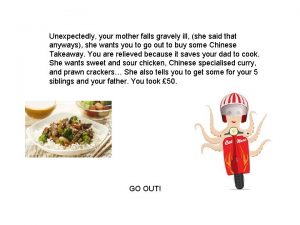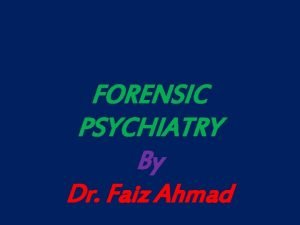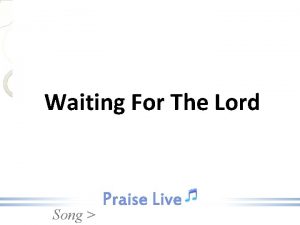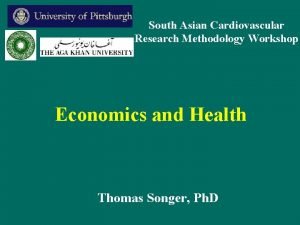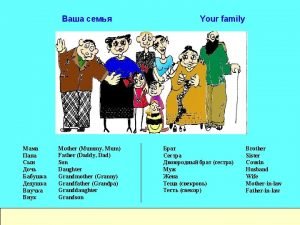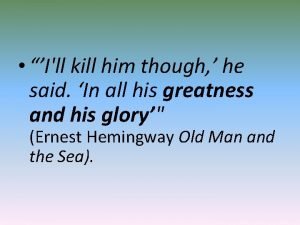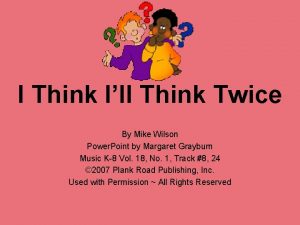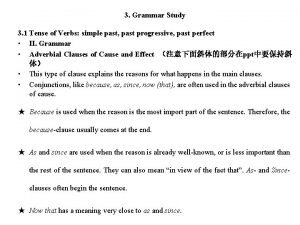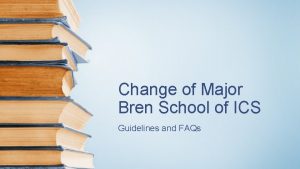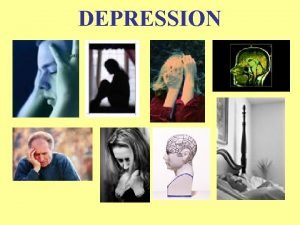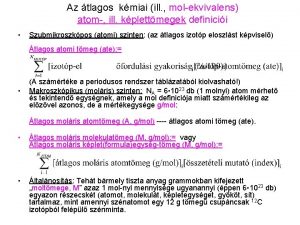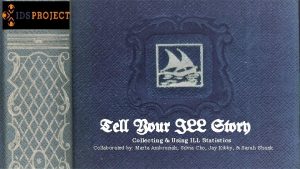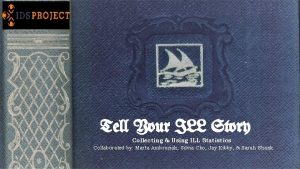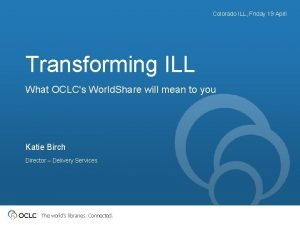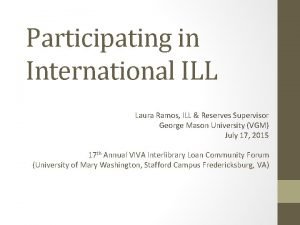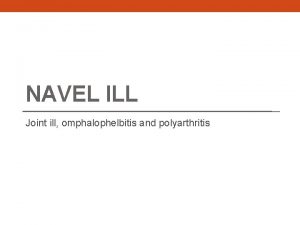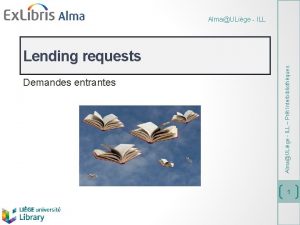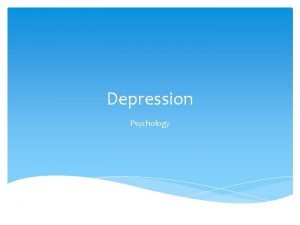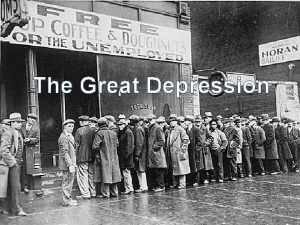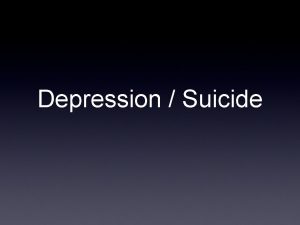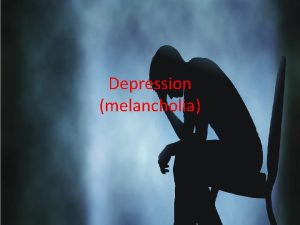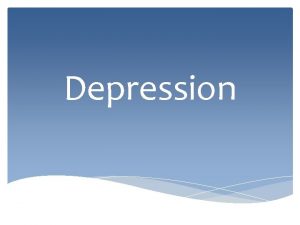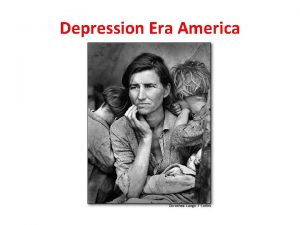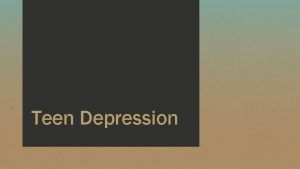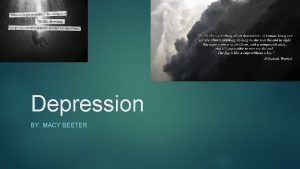DEPRESSION Major Depression Ill change my state with

































- Slides: 33

DEPRESSION

Major Depression “I’ll change my state with any wretch, Thou canst from gaol or dunghill fetch. My pain’s past cure, another Hell, I may not in this torment dwell, Now desperate I hate my life, Lend me a halter or a knife. All my griefs to this are jolly, Naught so damn’d as Melancholy. ” Robert Burton, The Anatomy of Melancholy (1621) “Depression is a disorder of mood, so mysteriously painful and elusive in the way it becomes known to the self —to the mediating intellect—as to verge close to being beyond description. It thus remains nearly incomprehensible to those who have not experienced it in its extreme mood, although the gloom, “the blues” which people go through occasionally and associate with the general hassle of everyday existence are of such prevalence that they do give many individuals a HINT of the illness in its catastrophic form. ” William Styron, Darkness Visible: A Memoir of Madness (1990)

Causes of Disability in the United States, Canada, and Western Europe in 2000 Iglehart, J. K. N Engl J Med 2004; 350: 507 -514

The Birth & Growth of “Major Depression” Statistics for “Major Depressive” Disorder (DSM-IV): - moderate to severe depression: 6. 5% community prevalence rate - lifetime frequency approaches 20% - 22% of older adults report “feeling sad” most of the day/every day We live in an “age of melancholy”. “bread and butter” of psychiatry, just as “neurosis” was pre-DSM III: - 54% of psychiatric visits and treatment are for depression - 15% are for schizophrenia - 9% are for anxiety disorders - 22% are for all else combined

Diagnostic Algorithm for Major Depression Whooley, M. A. et al. N Engl J Med 2000; 343: 1942 -1950





Based on combined per capita rates of diagnosed depression and suicide, here are the top six “happiest” or “least depressed” states: 1. South Dakota 2. Hawaii 3. New Jersey 4. Iowa 5. Maryland 6. Minnesota

“Most Depressed” or “Least Happy” State in terms of combined per capita rates of diagnosed depression and suicide?


The Birth & Growth of “Major Depression” Pre-DSM III term: “melancholia” – relatively rare and confined to mental asylums 1917 - 8% of psychiatrists in private/outpatient practice 1941 - 38% “ “ “ 1970 - 66% “ “ “ 1930 s-1970 s: psychiatry shifted its focus to psychopathology of daily life / everyday concerns (sex, marriage, worldly failure) Depression in U. S. dichotomized: “endogenous” or “reactive” In Europe: “endogenous-psychotic” or “neurotic-reactive”

The Birth & Growth of “Major Depression” Q: Why did this binary view of depression slowly die out in the 1970 s? - clear, distinct boundaries between the 2 categories hard to find - John Feighner at Washington University (“Feighner criteria” 1972) 3 criteria - dysphoric mood marked by symptoms of being depressed, sad, despondent, hopeless - 5 of 7 symptoms from: loss of appetite, sleep difficulty, loss of energy, agitation, loss of interest in usual activities, guilt feelings, slow thinking, or recurrent suicidal thoughts must be present disorder - must have lasted at least 1 month and not be due to another preexisting mental Feighner criteria = extraordinarily high reliability rating scores

The Birth & Growth of “Major Depression” Other major factors in demise of “reactive depression”: - psychiatric medications became diagnostic “splitters” - modern living vs. hereditary predisposition: drugs treat both the same Peter Kramer’s Listening to Prozac: A Psychiatrist Explores Antidepressant Drugs and the Remaking of the Self (1993) - changed what constituted “complete treatment” - coincided with rise of managed care/HMOs - changed treatment of “sub-threshold” cases - “baseline” change: treatment vs. enhancement -------------------------------Conflating minor depression/dysthymia with major depression leads to two troublesome outcomes: (1) social forces are not considered or taken seriously (2) limits the search for holistic treatment and prevention

Dangers of Over- and Under-Diagnosing Hans Eysenck’s personality theory (1947)





“Major Depression” and Environmental Stress

“Major Depression” and Environmental Stress


Teens and the Antidepressant Dilemma Young people's use of the antidepressants known as selective serotonin reuptake inhibitors more than doubled between 1995 -96 and 2001 -02. That's based on a database of visits associated with an SSRI prescription. While only one SSRI drug, fluoxetine, has FDA approval for use in adolescents, the data suggests that by 2002 other SSRIs had taken a larger share of these prescriptions. Journal of Adolescent Health (2005)


Teens and the Antidepressant Dilemma: “Rollback” Dilemma

The Most Effective Treatment for Major Severe Depression Volume 357: 1939 -1945 Clinical Evidence November 8, 2007 No. 19 N e x t ECT has been reported to result in a prompt improvement in symptoms of depression in the majority of patients treated. The Consortium for Research in ECT (CORE) reported a 75% remission rate among 217 patients who completed a short course of ECT during an acute episode of depression, with 65% of patients having remission by the fourth week of therapy. A systematic review of six trials involving 256 patients by the UK [United Kingdom] ECT Review Group, reported in 2003, showed that the effect size for ECT was 0. 91 (significantly more effective than sham ECT), and a review of 18 trials involving 1144 patients showed that the effect size for ECT was 0. 80 (more effective than pharmacotherapy). A meta-analysis showed ECT to be more effective than antidepressant medications alone in treating the psychotic subtype of depression, and it showed a trend for ECT to be better than combination pharmacotherapy. In a study involving 253 patients, the CORE group reported that patients with the psychotic subtype of depression had higher rates of response to ECT than patients without psychosis; this study also showed that response rates were higher among the elderly. The efficacy of ECT is highly dependent on technique, with remission rates ranging from 20% to more than 80%, depending on how the treatment is performed. Double-blind, randomized, controlled trials have shown powerful interactions between electrode placement and dosage (relative to seizure threshold) in the efficacy and side effects of ECT. One report suggests success rates of 30 to 47% for ECT in community hospitals. These rates have been less robust than those in clinical trials. This discrepancy is related in part to coexisting conditions, but it may also be related to the tendency to discontinue ECT prematurely, often in order to mitigate side effects. In this study, treating psychiatrists often discontinued ECT before complete remission was achieved.

The New Extreme Form of Treatment for Major Severe Depression, DBS (Deep Brain Stimulation)

The Futile Pursuit of Happiness: Environmental Stress Gilbert, Wilson, Loewenstein, & Kahneman: “We consistently misestimate the intensity and duration of something’s utility; this is known as the ‘impact bias’. ” Our ability to predict the emotional consequences of a decision, purchase, or event is less than we think. Our mistakes of expectation can lead directly to mistakes in choosing what we think will give us pleasure. We often “miswant. ” Key role of “adaptation” to good things and “resilience” to bad things. our “psychological immune system” (a sort of emotional “thermostat”) e. g. , remember when you got your first dial-up 14, 400 baud modem?

The Tyranny of Choice “Starter Marriages” phenomenon Census Bureau: 3 million divorced 18 -29 year-olds (1999) 253, 000 divorced 25 -29 year-olds (1962) Atul Gawande, M. D. & cancer study - 65% of people surveyed say that if they were to get cancer, they would want to choose their own treatment; of those who do get cancer, though, only 12% actually want to choose Steven Venti, Dartmouth economist & Employer 401 k plans The more funds employers offer their employees in 401 k plans, the less likely the employees are to invest in any of them. “Wine Warehouse” vs. “Gas Station” experiences

Depression and the Tyranny of Choice Excessive choice is often psychologically and emotionally burdensome. Why? (1) Increases burden of information gathering to make a wise decision (2) Doing all the “cost-benefit/expected utility” calculations is exhausting (3) Increases expectations about how good the decision will be (4) People often assemble an idealistic composite of all the options foregone (5) Which increases the likelihood that they will regret the decision they make (6) And increases the chance that they will blame themselves when a decision fails to live up to expectations (more regret and second-guessing). Perhaps colleges/universities offer too many choices now, which might help explain double-, triple-majoring, etc. (e. g. , Spiderbytes)

Newest and Radical Form of Psychotherapy: “Acceptance and Commitment Therapy”

Combating the “Paralysis of Choice” & Cultivating Contentment Helpful countermeasures: (1) Pro-Actively Limit Choices to “ 1 st order, ” “ 2 nd order, ” “ 3 rd order” (2) Counterfactual Downward (3) Make Some Decisions Nonreversible (e. g. , Harvard photography class) (4) Anticipate Adaptation (5) Learn to Love Constraints (Say “No”, 1 major/1 minor) (6? ) Recalibrate expectations, cultivate contentment, safety, egalitarianism, and a dose of humility
 You said i am feeling ill in indirect speech
You said i am feeling ill in indirect speech ?what did you ...........last weekend
?what did you ...........last weekend Rapid ill
Rapid ill General appearance ill looking
General appearance ill looking Doth meaning
Doth meaning An immediate temporary care
An immediate temporary care Stalling objection
Stalling objection Doing nothing is doing ill
Doing nothing is doing ill Care of critically ill surgical patient
Care of critically ill surgical patient And now doth fare ill meaning in hindi
And now doth fare ill meaning in hindi Surgical metabolism
Surgical metabolism English conditionals exercises
English conditionals exercises Concepts of ill health
Concepts of ill health Mots en ouil
Mots en ouil Where you go i'll go where you stay ill stay
Where you go i'll go where you stay ill stay What is the suffix for weakness
What is the suffix for weakness Rising action of the sob sisters story
Rising action of the sob sisters story Tell me and ill forget
Tell me and ill forget She worked hard. she made herself ill
She worked hard. she made herself ill Good and bad manners
Good and bad manners Scream and ill tell your mom
Scream and ill tell your mom Dr angel rodriguez-chevres
Dr angel rodriguez-chevres Ill be waiting song
Ill be waiting song Ill methodology workshop
Ill methodology workshop Mum father
Mum father Ill project management
Ill project management Ill kill him
Ill kill him Ill think
Ill think Fabiana will not go to work today __ a bit ill
Fabiana will not go to work today __ a bit ill Ics change of major
Ics change of major Is mashing potatoes a chemical change
Is mashing potatoes a chemical change Physical and chemical change
Physical and chemical change Absolute change and relative change formula
Absolute change and relative change formula Keep change change integers
Keep change change integers


